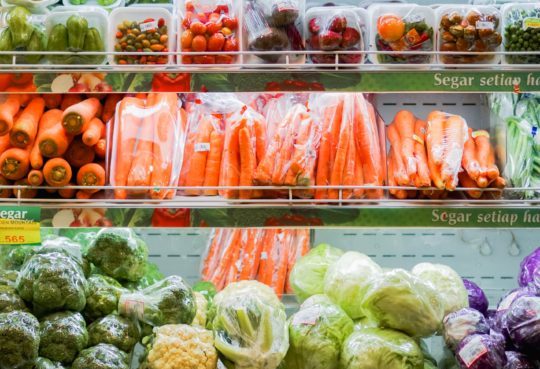“We’re seeing a tremendous acceleration in the demand for packaging alternatives as the unintended consequences of plastics become more visible, both locally and globally,” says Kate Daly, of Closed Loop Partners, a social-impact investment fund that focuses on waste.
Of the 78 million metric tons of plastic packaging produced globally each year, a mere 14 percent is recycled. Lightweight and floatable, plastic that escapes collection flows into our oceans — nine million tons annually — most of it from developing nations that lack the infrastructure to manage it. The problem is expected to get worse as those nations grow richer and inevitably start consuming more packaged foods, and as many others in an increasingly convenience-obsessed world continue to purchase meal-kit and grocery services — which generate considerable packaging — and take-out foods.
More conscientious recycling would be a boon, but it’s no panacea. Recycling requires energy, water, and the transport of materials. Most recycled plastics get shredded, melted, and reformed into goods — like lumber, fleece, or carpeting — still eventually bound for landfills. Manufacturers continue to make bottles and shrink-wraps ever thinner, but the fact remains: plastics are made from nonrenewable resources, either oil or natural gas, and most never see a second life.
But plastic is quite good at what it does, which makes replacing it so devilishly difficult.
Read full original article at nationalgeographic.com
22 octubre 2018Original Author: Elizabeth Royte

